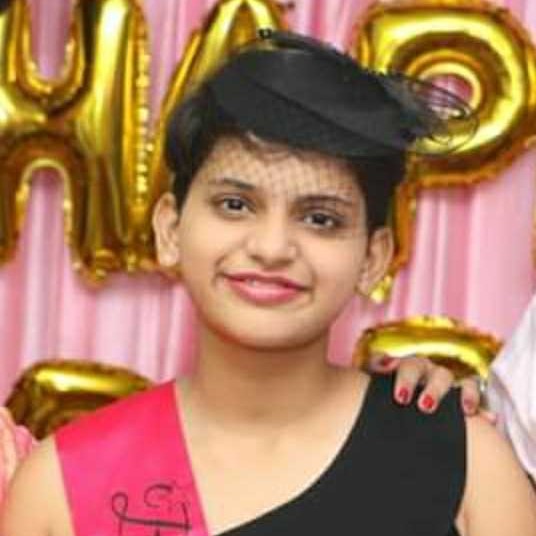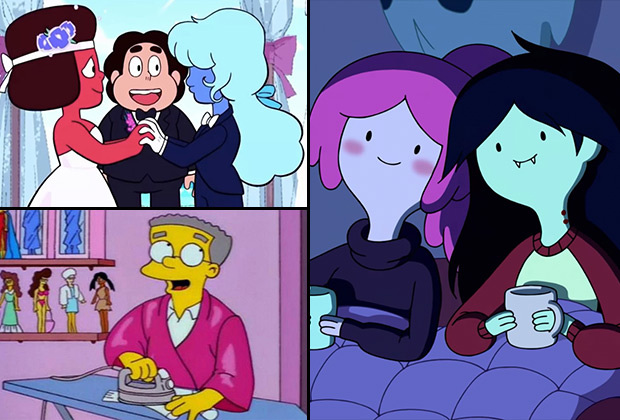If you say incredulous things like:
“Your heritage isn’t your personality.”
“Anyone can relate to [insert generic cis straight white character here].”
“So what if they’re white? They’re very relatable!”
“Well, [insert a cis straight white character] is an ally, why are you crying about your community being overlooked?”
Or if the above statements make perfect and logical sense to you, I think this article might be for you…
Contrary to popular belief, one’s heritage, gender and sexuality is often the biggest part of their personality. In case you are wondering why I believe it might have something to do with it all being the biggest part of their identity.
Regardless of how inspirational a cis straight white character is, a Mexican Pansexual or an Indian Transgender will not relate to them the same way they would relate to a character with corresponding identities.
For the queer community and people of colour, relating to a character in terms of their own identity in any form of mainstream media is often an unaffordable luxury. This brings us to the topic of this article: Representation in art and media.
For a long time, young adults, teens, tweens and children of varying identities have indulged themselves in either harmful or no representation delivered by the all-white caste in global mainstream media. This often leads to a distorted sense of oneself or a dislike for one’s own culture.
An array of problems such as refusing to acknowledge one’s gender, denying one’s cultural background, indulging in normalized toxic behaviours can be avoided with a little representation through several mediums of art.
There has been great progress in terms of inclusiveness in various mediums such as television shows, novels, animation and live-action movies and children’s cartoon shows.
Rebecca Sugar, the creator of Steven Universe and identifying herself as non-binary and bisexual, has been very outspoken about representation in cartoons. In her own words as reported by the E.W:
“By including LGBTQIA content and characters in G rated entertainment for kids, you tell kids when they’re young that they belong in this world. You can’t tell them that. There can’t only be a certain group of kids who are told someone will love you by all the entertainment that they see. It’s just so unfair.”
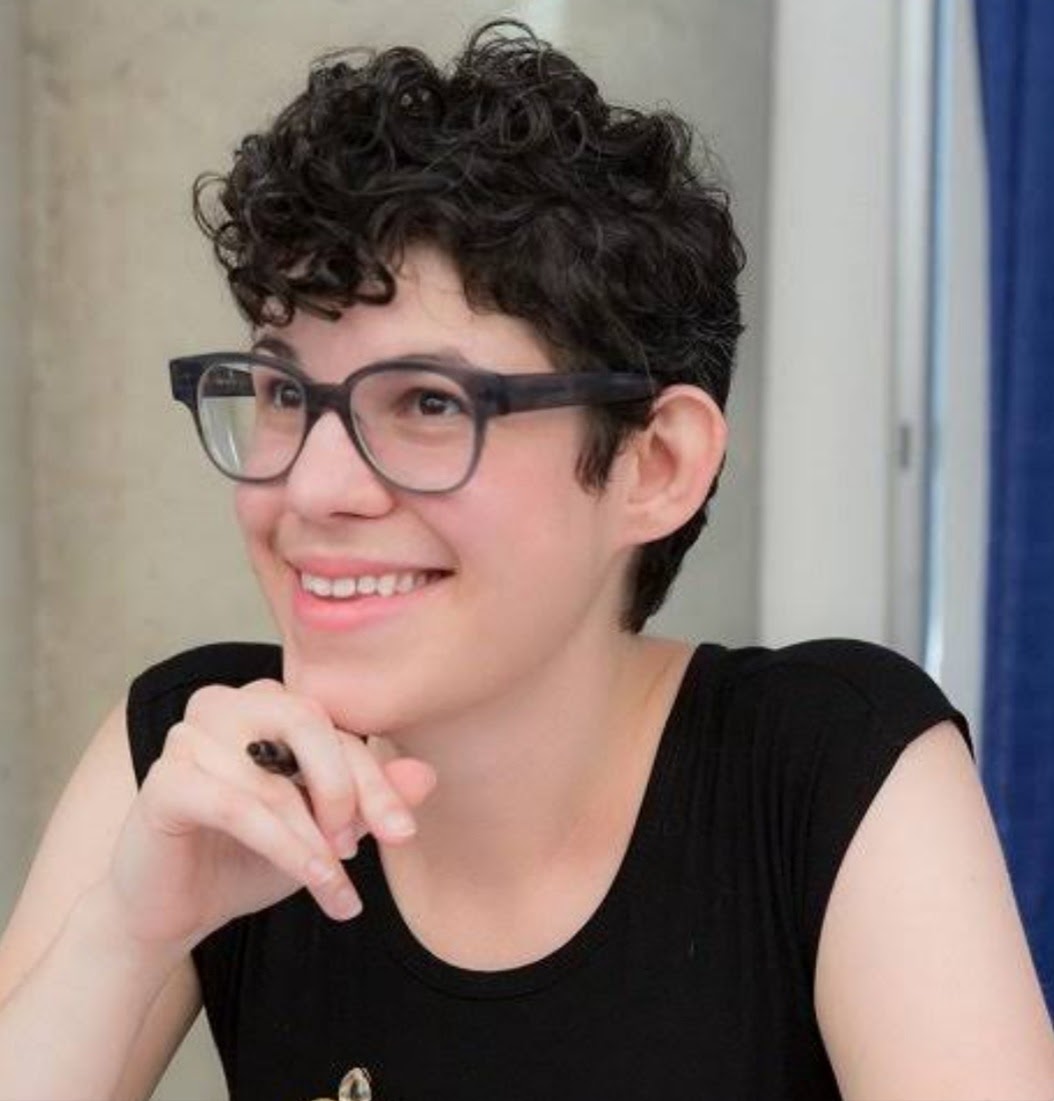
Steven Universe has plenty of positive lesbian representation with two of its protagonists; Pearl is shown to be a lesbian character and Garnet is shown to be a symbol of a healthy lesbian relationship. Aside from the protagonists, the side characters’ sexual identities are given equal importance. Sadie Miller is shown to be pansexual and her romantic partner, Shep, is shown to be non-binary.
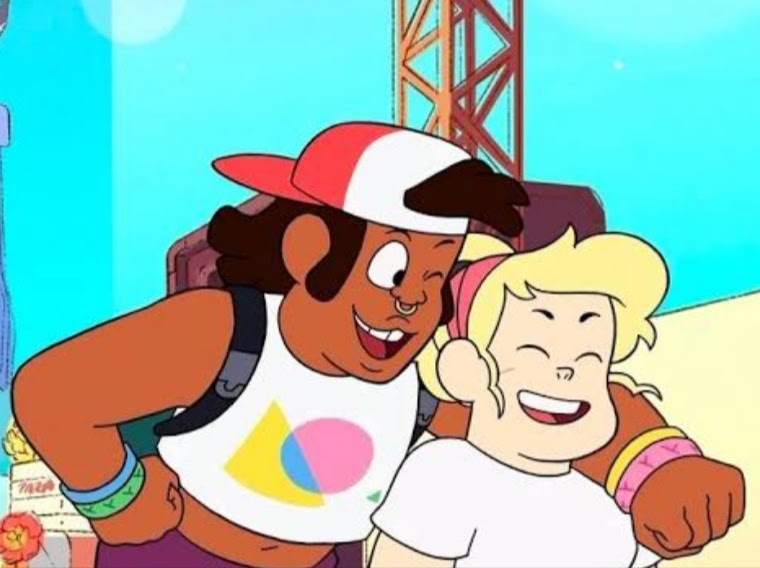
Sadie Miller (Pansexual) and Shep (Non-binary).
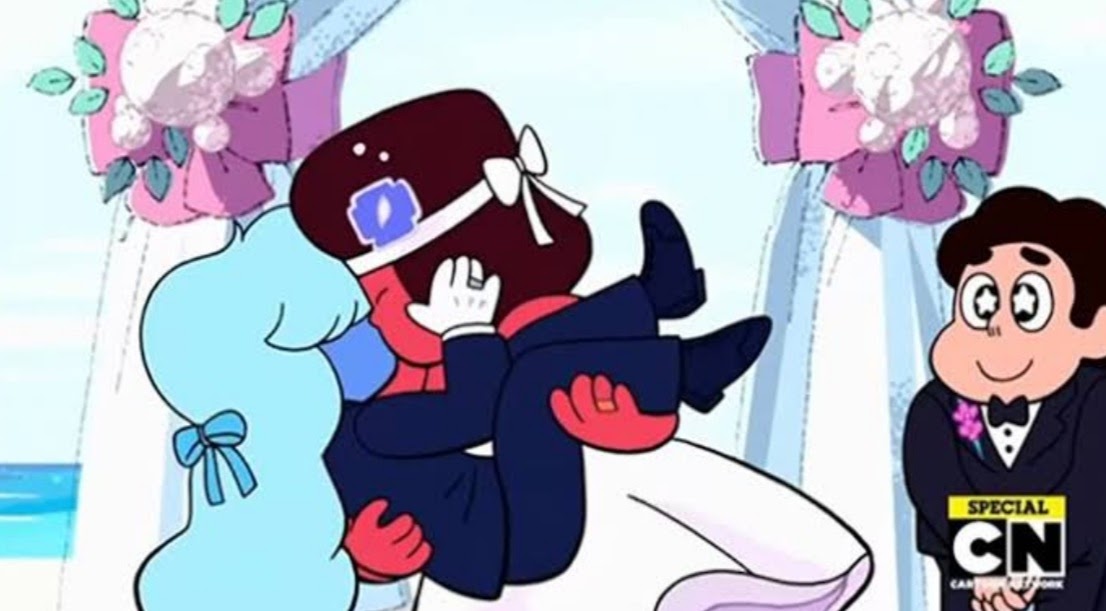
A lesbian wedding on screen.
Cartoon Network’s Adventure Time also has a healthy lesbian representation with Princess Bubblegum and Marceline. Their relationship was expanded upon as a main theme in the recent special Distant Lands, ‘Obsidian’.
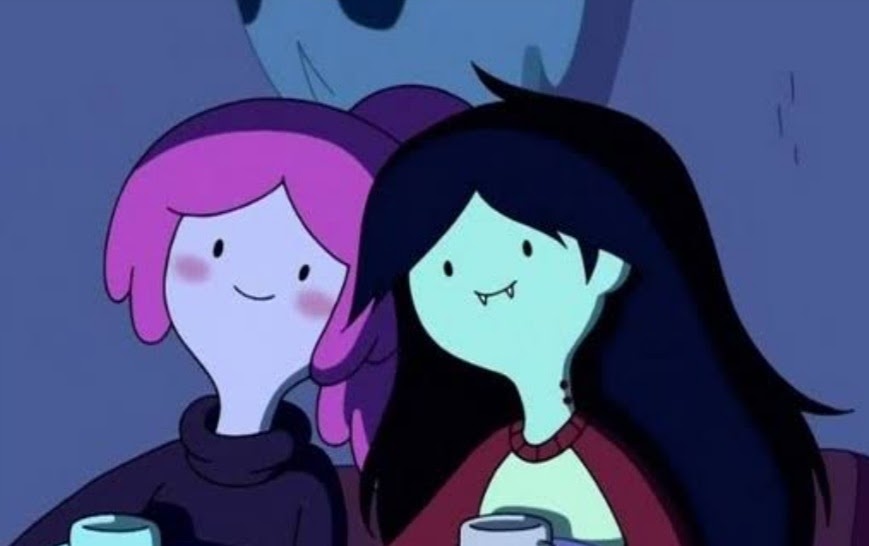
Princess Bubblegum and Marceline, who fans adore as ‘Bubbline’.
Furthermore, the show ‘The Owl House’ flaunts Disney’s first bisexual lead.
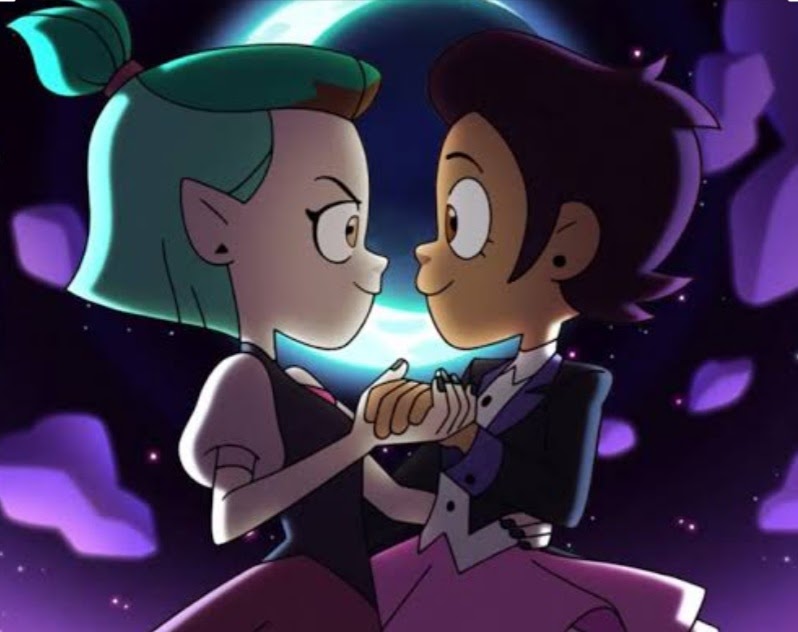
Amity Blight (lesbian) and the lead, Luz Noceda (bisexual).
In novels and literature, Rick Riordan is particularly known for a diverse cast which although not perfect, is remarkable. Moreover, the event ‘Rick Riordan Presents’ takes a step towards diversity in the industry itself by showcasing authors of heritage writing stories of their mythologies.
It not only allows readers to explore further into the world of mythology but also adds to the diversity of the industry itself rather than just book characters.
“But do children need to see all this? Is it appropriate for them?”
Think about it like this: if you don’t have a problem with your child watching the wedding of two human-sized mice, you can allow your child to watch two women hold hands and utter the three magical words to each other in a cartoon show.
A child doesn’t know to hate a man for marrying another man, they are only taught to.
I believe that It’s particularly important for children to be exposed to the spectrum of identities since they’ve only begun to see the world ahead of them. Being aware of the differences around them would help to weed out any ignorance they would otherwise accumulate from their surroundings.
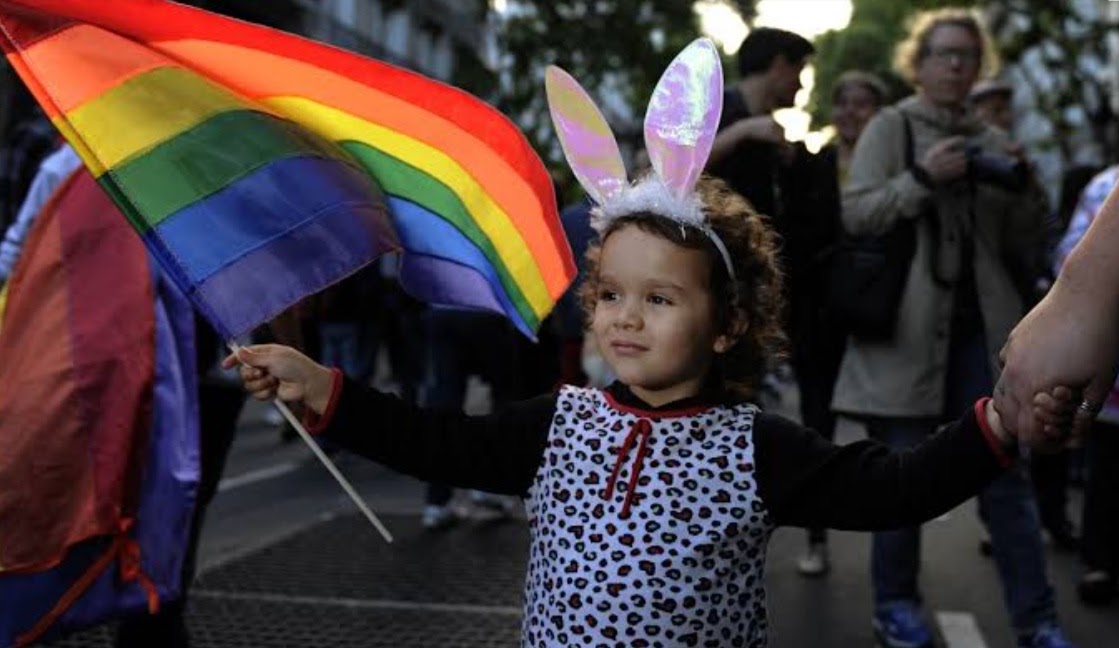
“Aren’t characters supposed to be just good characters? Why does diversity even matter?”
Diversity matters because people deserve to have their existence recognised by those around them.
Of course, well-written characters are better than those whose only trait is their race/gender/sexuality. But in that case, let me ask you, why can we not have a well-written character that is anything other than cis straight white?
Diversity matters because a black kid deserves to see their identity when they look at Miles Morales and realize how similar they are to their hero. It matters because a Chinese girl deserves to look at Fa Mulan and know-how alike they are.
However, while there is successful representation, there is also corporate interference and the dreadful practice of ‘queer baiting’.
‘Voltron: The Legendary Defender’ hinted at the gay relationship between characters Keith and Lance, which the fans endearingly called ‘Klance’, but never made official. The fandom was outraged when Allura, one of the few female characters of colour, was killed off in the finale.
The popular show, ‘Teen Wolf’ has also been accused of bi-erasure and queerbaiting by hinting at the bisexuality of multiple characters and a gay relationship but never making it official.
The Marvel Cinematic Universe has been criticised for its predominantly cis straight white male cast as superheroes, although the diversity has improved since the addition of Black Panther and Captain Marvel as leading roles, Valkerie as a side character along with those planned for the future reveals.
Recently, the show ‘Shadow and Bone’, which flaunted a racially diverse cast with queer characters faced backlash for using the brownface on a white stunt double.
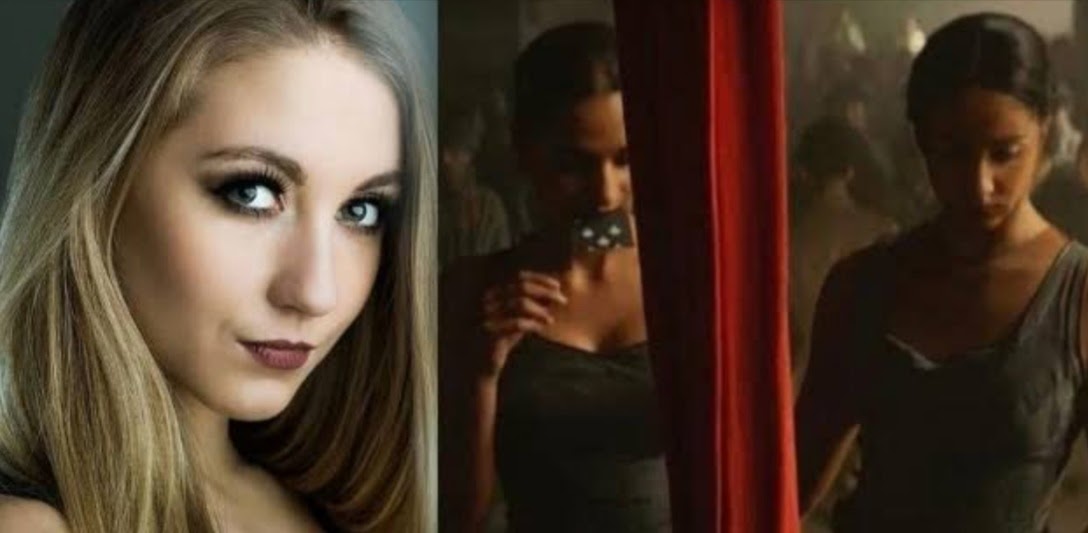
It is disheartening for many fans since it feels like a slap in their faces for expecting decent representation.
It is no doubt that queer and racial representation has made it to mass media megaphone from the shameful hushed whispers, but despite the ‘woke’ news and the awareness, the request for representation is often treated as a lame attempt at political correctness, still.
